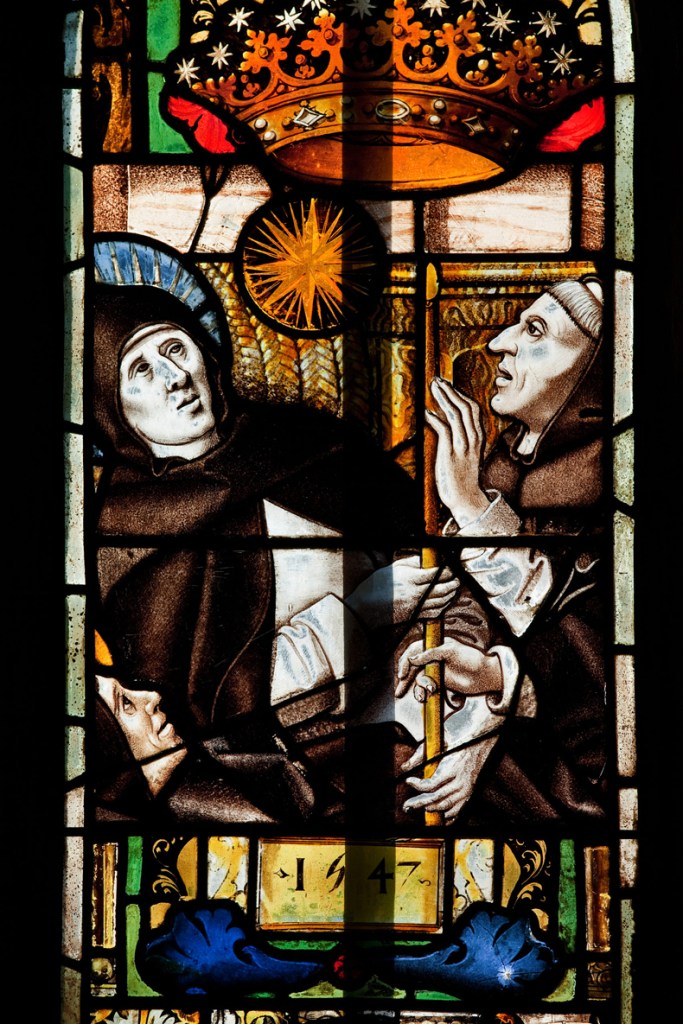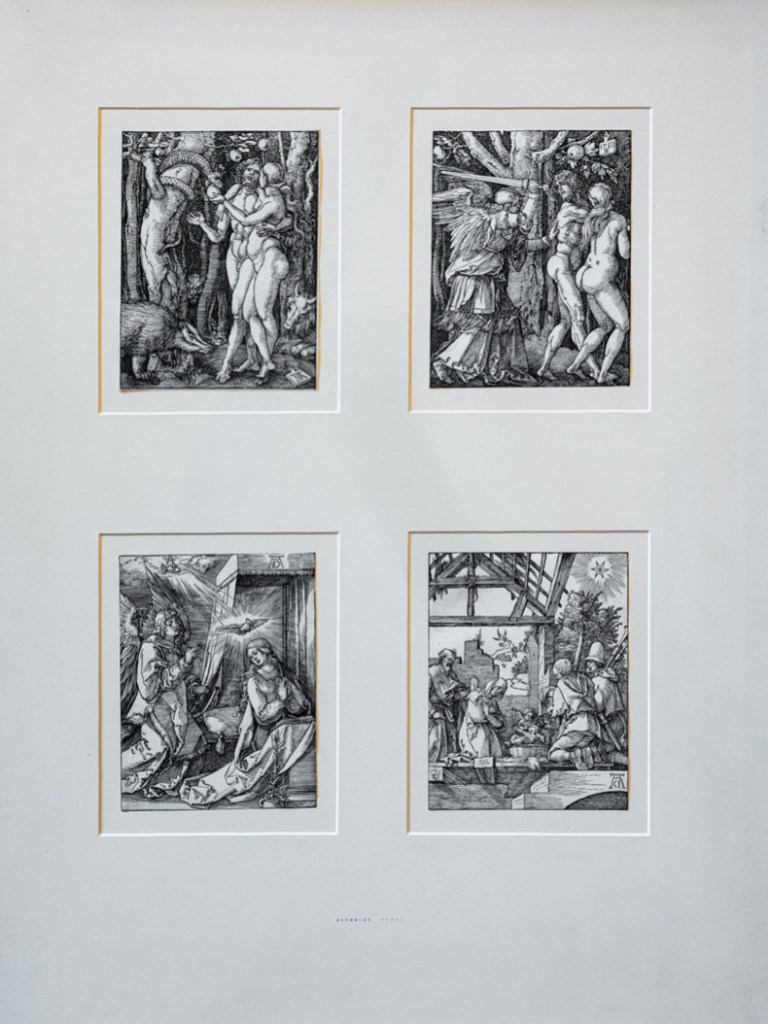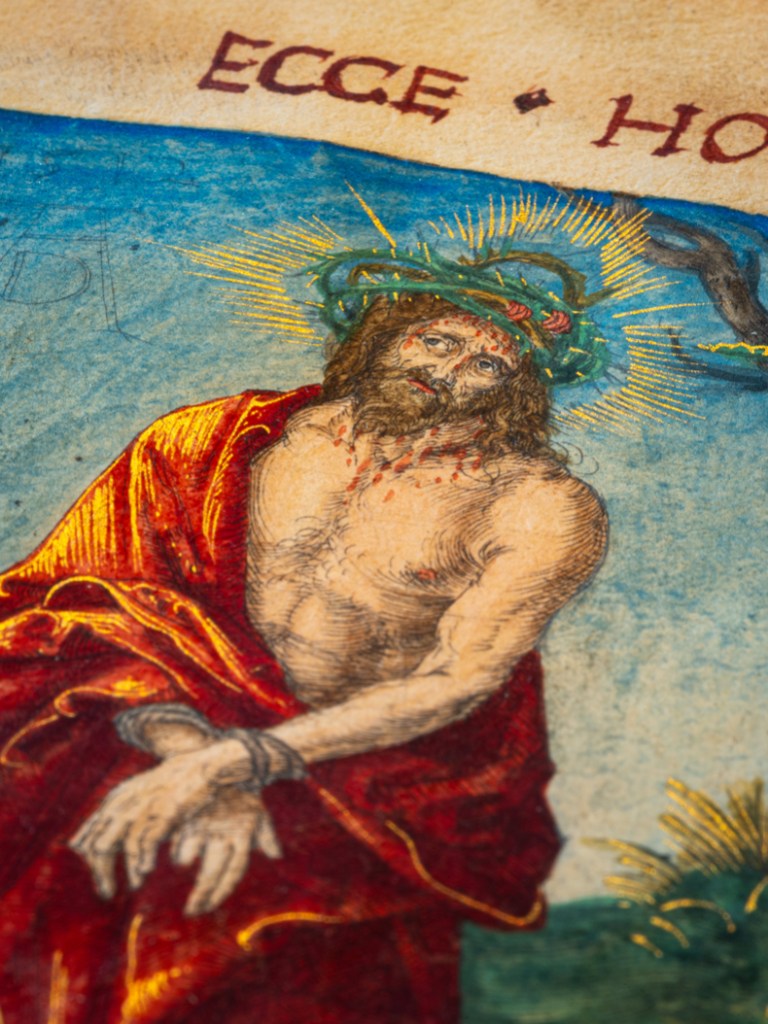From the October 2025 issue of Apollo. Preview and subscribe here.
Venturing south-west out of the centre of Bordeaux towards the quiet suburb of Talence, one can easily miss the 20 hectares that make up the exquisite Château La Mission Haut-Brion, with its walled rose gardens, calm ponds and manicured lawns. It is not just the chateau’s diminutive size that makes it inconspicuous: its neighbour, Château Haut-Brion, rated Premier Grand Cru Classé, has historically attracted more attention, even if the plots are separated only by a regional road. The classic Bordelais composition of its parcels (48 per cent Cabernet Sauvignon, 45 per cent Merlot, 7 per cent Cabernet Franc) benefits from the same gravelly soil – hallmark of the Graves appellation. In certain vintages La Mission has rivalled its First Growth neighbour in demand. Prince Robert of Luxembourg, president of Domaine Clarence Dillon, which owns both estates today, says that La Mission Haut-Brion has always been considered the unofficial sixth member of the First Growth classification – a group of five of the finest estates in Bordeaux.
The estates were originally connected through matrimony: in 1540, Marie, the only sister of Jean de Pontac, who constructed the Haut-Brion chateau in 1533, married a Bordelais merchant, Arnaud de Lestonnac, proprietor of the adjacent plot. Arnaud’s granddaughter, Olive de Lestonnac, now recognised as a pioneer in improving viticulture and winemaking methods in her time, bequeathed the estate to the Lazarist Order of Bordeaux, also known as the Priests of La Mission; they built the chapel of Notre-Dame d’Aubrion on the estate in 1698.
In 1935 Haut-Brion was bought by a Texan businessman, Clarence Dillon. Clarence’s son, the former US Treasury Secretary (1961–65) and art collector C. Douglas Dillon, served as chairman and president of the Metropolitan Museum of Art in the 1970s and ’80s. His grandson, Prince Robert, continues the family tradition of collecting art and viticultural artefacts and has maintained the ‘technique my great-grandfather mastered’. His role is to be ‘a warden of this viticultural history’.

The estate of La Mission Haut-Brion bears traces of its monastic past. The grounds surround cloistered passages and the chapel with its stained-glass images bearing scenes of the Virgin Mary’s life. In 2007, Dillon built a new cellar – using the same stone, from the nearby Frontenac quarries, as Bordeaux’s most important monuments in the 18th century – as a ‘modern cathedral to wine’.
The intimacy of La Mission Haut-Brion is most keenly felt in its tasting room. Oak-panelled and with its beams, windows and furniture carved by Italian woodworkers, the room suggests that drinking wine is as much an aesthetic experience as a contemplative one and, like ageing in an oak barrel, requires time. Robert says that wine ‘bridges the senses, just like art, in its bid to reach a sense of the sublime. This is something other than just being “good”.’ Rather, it is ‘a state that takes your breath away, allows a pause and a moment for thought to be absent, to be moved by what you have just experienced’.
Here, visitors will be surrounded by a series of engravings by Albrecht Dürer from the family collection while they taste the wine. Prince Robert wanted to continue the ‘theme linked to the ecclesiastical history of the place’. There are etchings from the artist’s series The Apocalypse, The Little Passion and The Life of the Virgin. There is also an exceptionally rare Man of Sorrows with Hands Bound from 1512, painted over in watercolour and highlighted with gold.

The full set of 37 woodcuts in The Little Passion of 1511 runs from the Fall of Man to the Last Judgement. In this setting, it’s easy to see an affinity with the travails and mastery of fine winemaking. Seen in this setting, the works impress less as relics of German Renaissance piety and more as meditations on devotion and endurance – themes mirrored in wine, which demands patience to reveal its potential and depth.
If Haut-Brion represents Bordeaux’s extroverted prestige, La Mission Haut-Brion offers something quieter: an estate where history, art and devotion converge. From the Lazarist priests who planted vines in the 17th century to the Dillon family who continue their stewardship today, the property’s legacy is one of reflection as much as refinement. To drink these wines is not only to savour Bordeaux at its best but to enter into a dialogue with centuries of art, faith and patient craftsmanship.

From the October 2025 issue of Apollo. Preview and subscribe here.